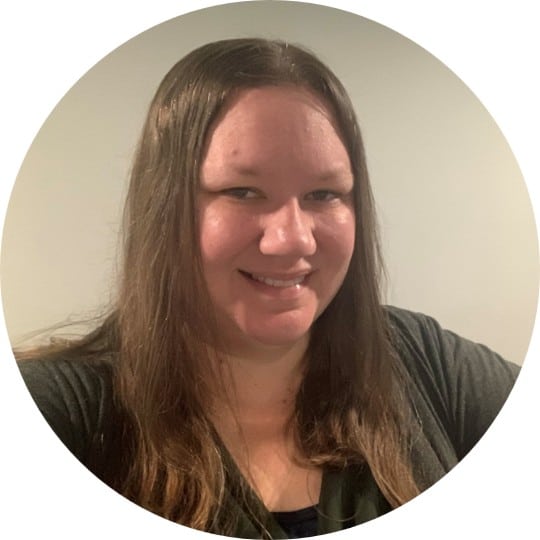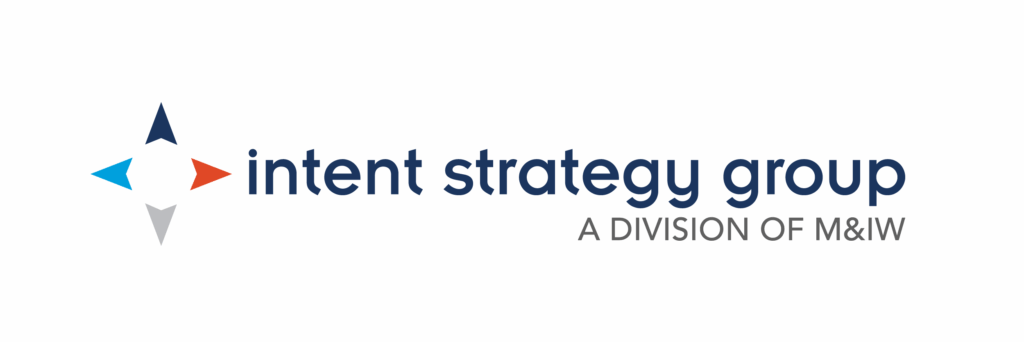Designing Attendee Journeys for Large Events: Keeping 1,000 People Engaged Hour by Hour
When planning large events like conferences, trade shows, or corporate meetings, a challenge stakeholders and event planners run into is how to keep attendees engaged for the duration of the event. It may seem impossible, especially for events with 1,000 or more attendees, but brain-friendly best practices help turn this goal into a reality for events of all sizes.
Neuroscience-based event design principles better capture attendees’ attention, keep them engaged, and improve their memory retention. They’re also proven to foster a stronger emotional connection and sense of belonging, which positively impacts your event ROI.
While the attendee journey begins well before arrival, this blog post focuses specifically on the onsite attendee experience. We explore expert insights on agenda design for large events before sharing a sample agenda for a one-day conference that sets the stage for increased engagement.
Ready to explore the sample agenda? Click the button below to download now.
Best Practices for Large Event Agendas
One of the most effective tools for driving attendee engagement and connection at large events is the agenda. While content and speakers are important, the agenda flow strongly influences the lasting impression of your program. Best practices for maximizing your agenda’s impact include the following.
1. Choose your event timing with attendees in mind.
An agenda with long hours that squeeze in as many sessions as possible is almost guaranteed to exhaust attendees, leave them disengaged, and potentially cause them to leave early. Choose reasonable hours so attendees have enough time to travel and arrive well-rested, and don’t go more than an hour during the day without a break in content.
2. Plan for more—and more effective—breaks.
Breaks should be at least 30 minutes so attendees return mentally refreshed and reenergized. Longer breaks also improve memory retention and allow for deeper connections among attendees.
3. Design the agenda flow around attendees’ energy levels.
Attendees’ energy levels are naturally higher in the morning, dip in the afternoon, and rise again in the evening. Maximize engagement and retention by scheduling general sessions and breakouts in the morning and early afternoon, when energy is at its peak. Save peer-to-peer learning and panels for later in the afternoon when energy starts to wane.
Interested in learning more about these and other neuroscience-based best practices for event agendas? Read our blog post: 4 Ways to Build a Better Event Agenda
A Sample Event Agenda for Increased Engagement
For this example, we created a brain-friendly agenda for a one-day conference with 1,000 attendees.
First, we recommend the main event run from 9:00 a.m.–5:00 p.m. with optional networking opportunities before and after. These realistic hours reflect a typical workday and will therefore feel familiar and comfortable for attendees. They also allow attendees to get an adequate amount of sleep in the morning so they arrive as alert and engaged as possible.
Each agenda session includes an explanation of why it increases engagement as well as a pro tip, or “neuro nugget,” on how to further improve the attendee experience. Click the button below to download the sample agenda and discover actionable recommendations for your next large event.
Elevate the Attendee Experience with Meetings & Incentives Worldwide
A neuroscience-based approach to the attendee journey may be a shift in your current way of building agendas. Stakeholder resistance is a common barrier to implementing these changes, especially when the event is the only opportunity to have all attendees in one place. However, it’s important to adapt to your audience, especially as younger generations enter the workforce and start attending events.
Gen Z surpassed Baby Boomers in the workforce in 2024, and they have different ways of learning. If your events don’t adapt, your returns on investment and relationship will diminish. Use this knowledge to build a business case for your stakeholders who are resistant to change.
Whether you are a stakeholder or a planner, M&IW’s professional event planners support you every step of the way. Click the button below to start the journey to elevating your events with M&IW.
Meet the Experts

Elizabeth Muth, CMP
Lead, Event Experience Manager
Meetings & Incentives Worldwide, Inc.

Lisa Twardowski, CMP
Director, Event Experience
Meetings & Incentives Worldwide, Inc.
Related Articles
- Mastering Event Budgets: Maximize Your Impact Without Maxing Out Your Budget
- The Power of Human Connection: The Benefits of In-person Events
- Neuroscience for Events: Increasing Attendee Engagement and Belonging
- How to Make Events More Interactive
To stay up to date on the latest trends and insights in corporate meetings, events, and incentives, follow us on LinkedIn.


